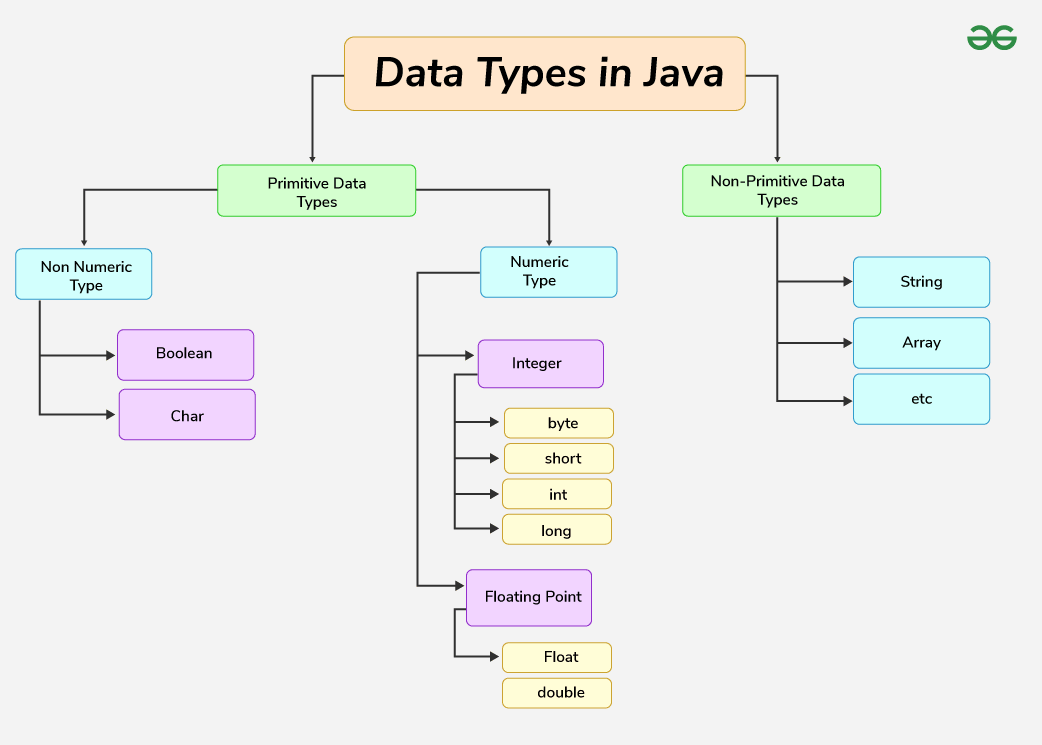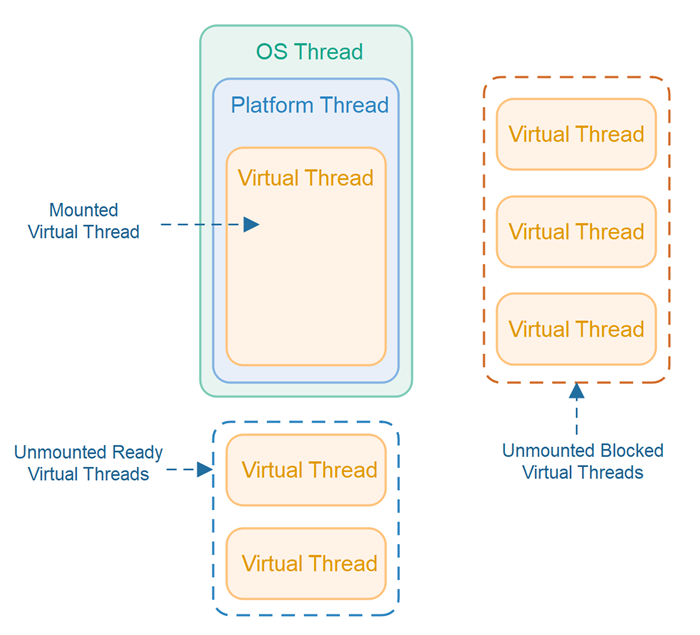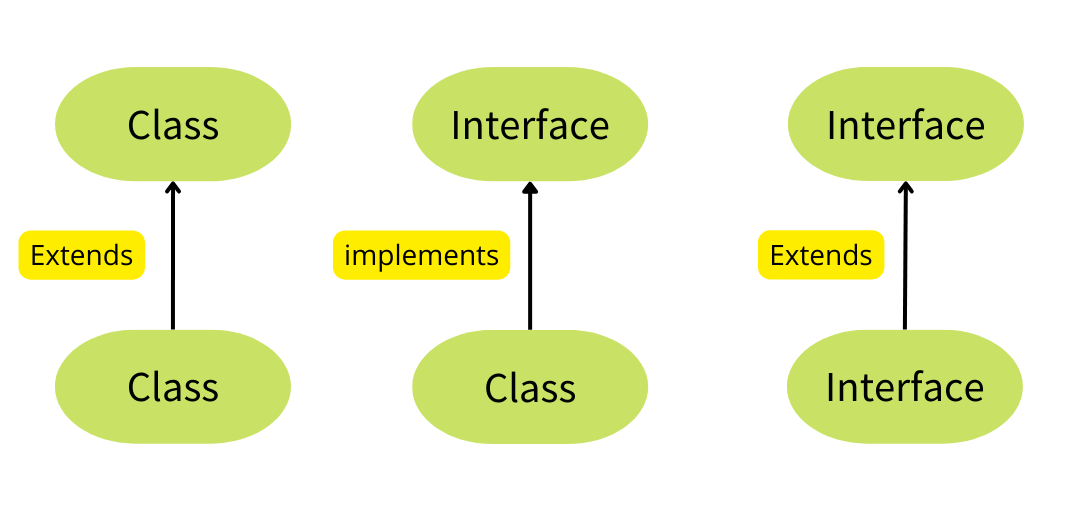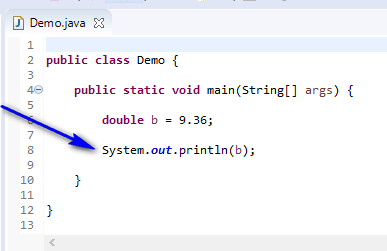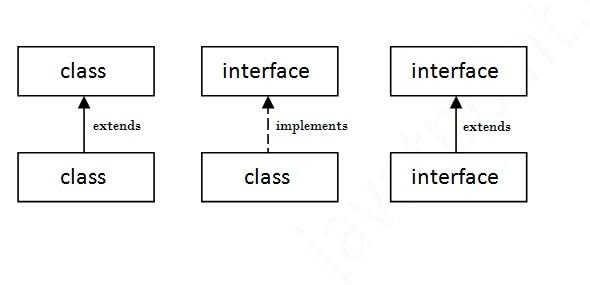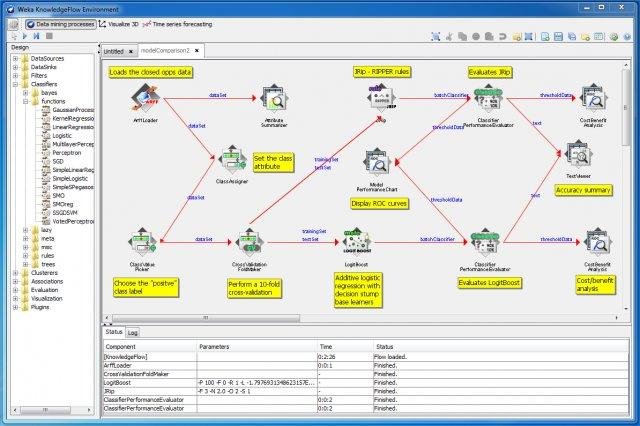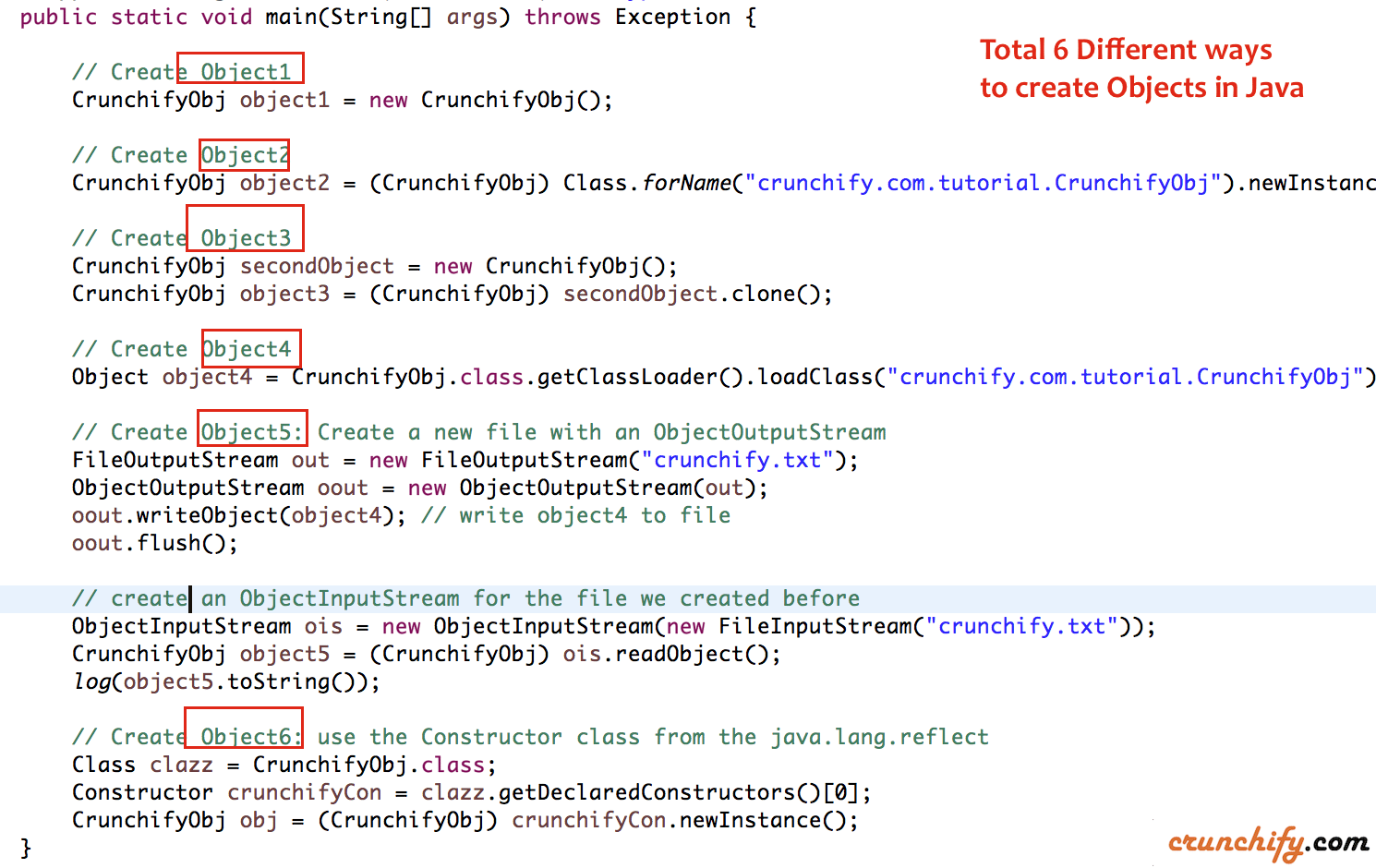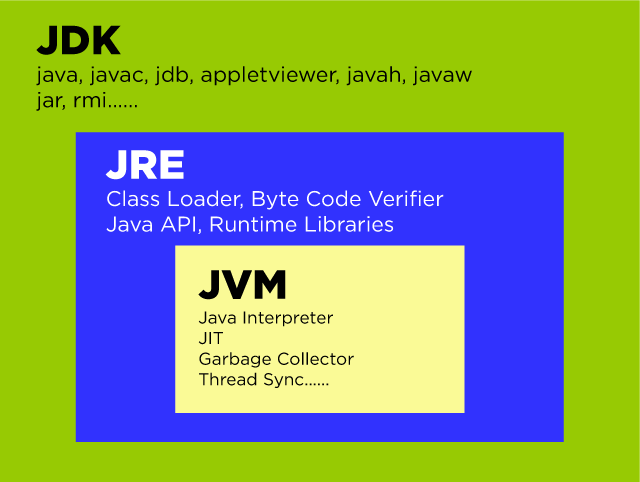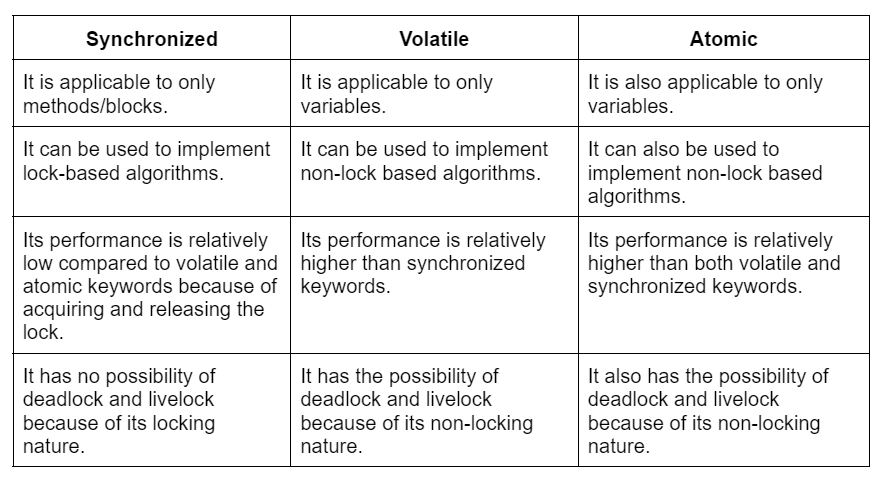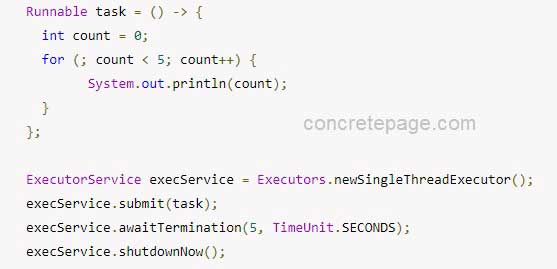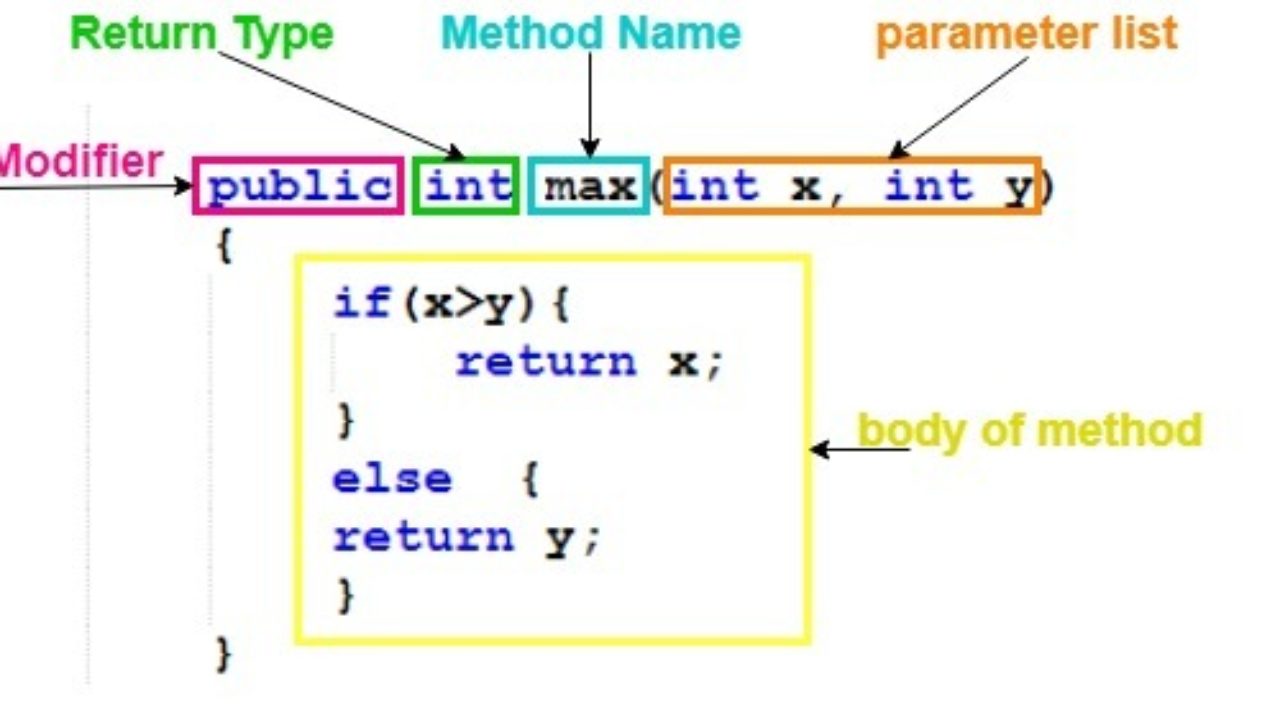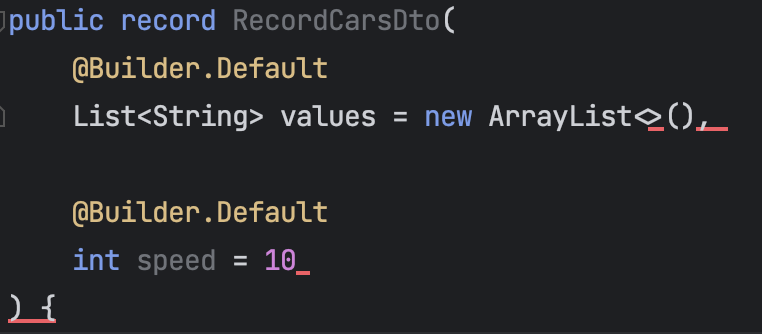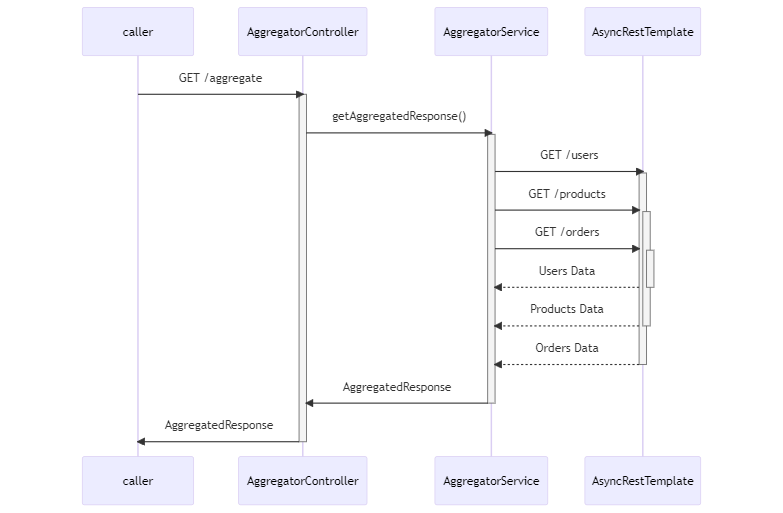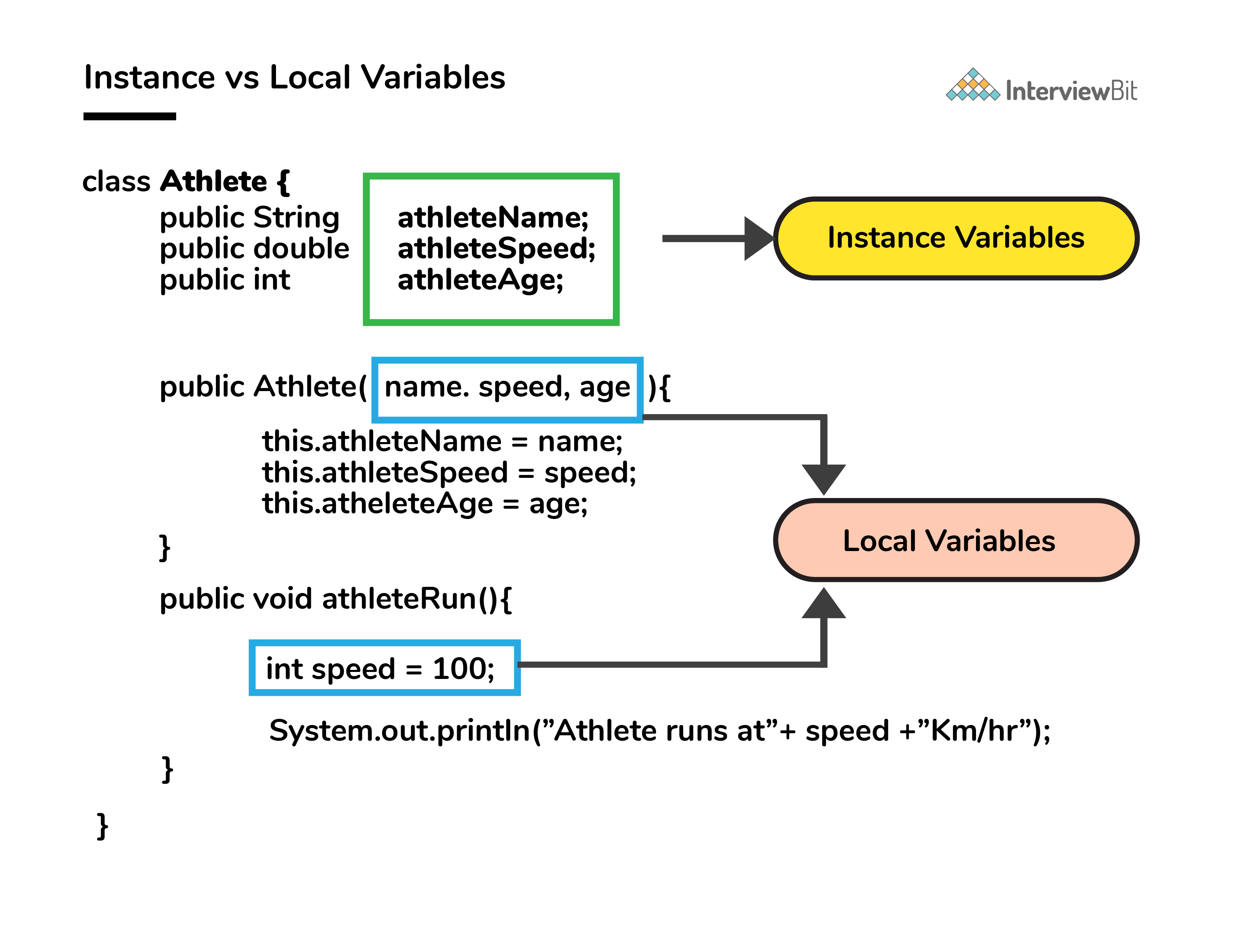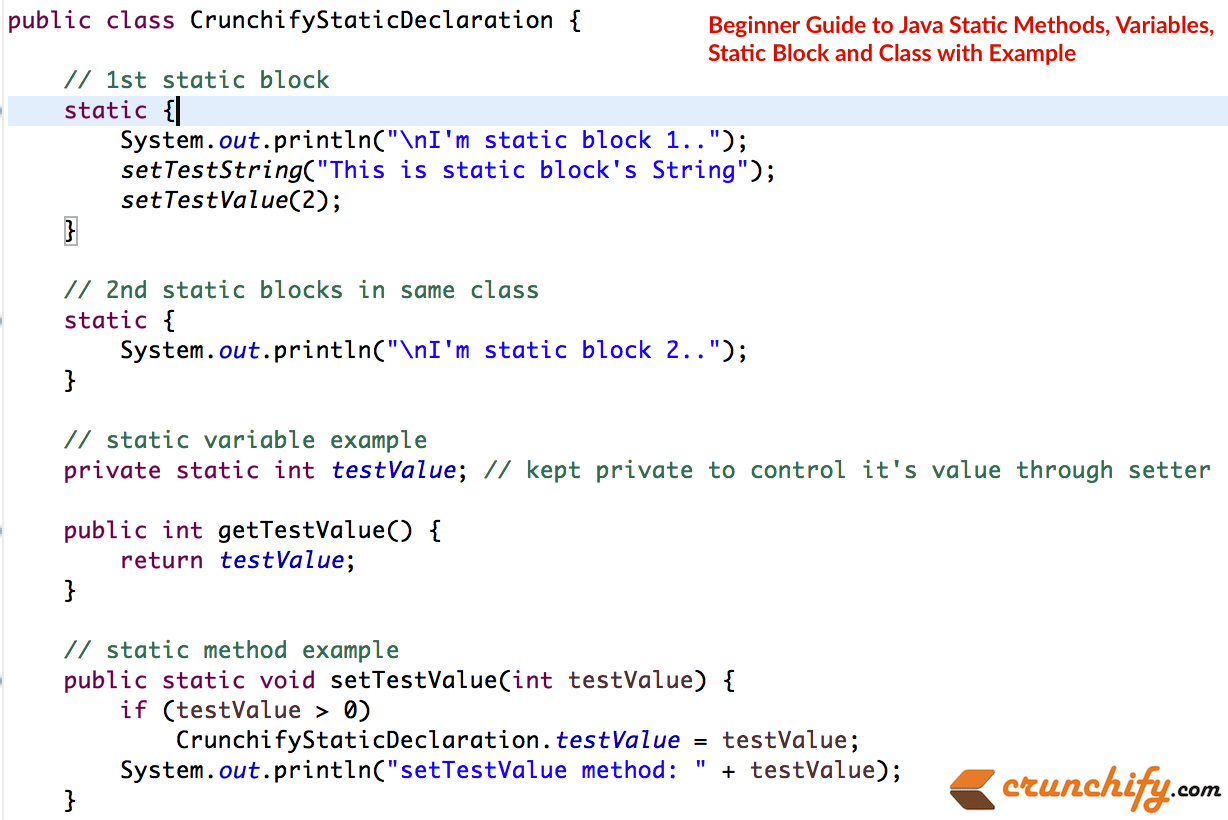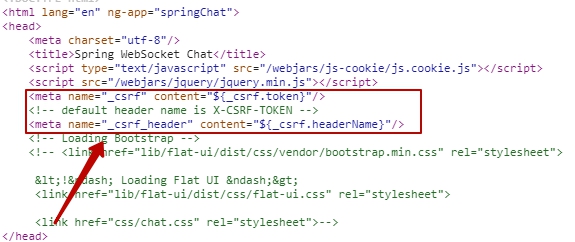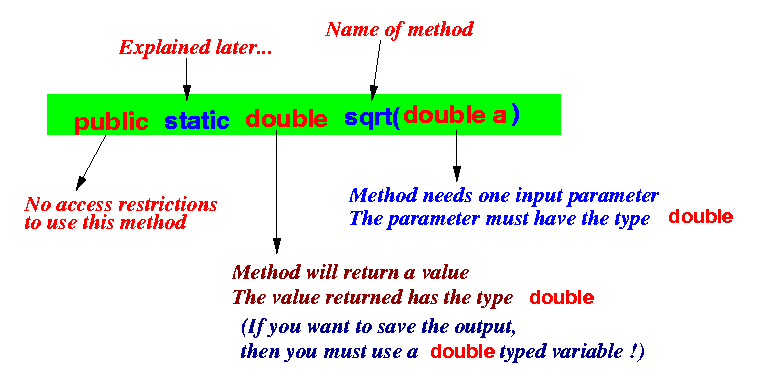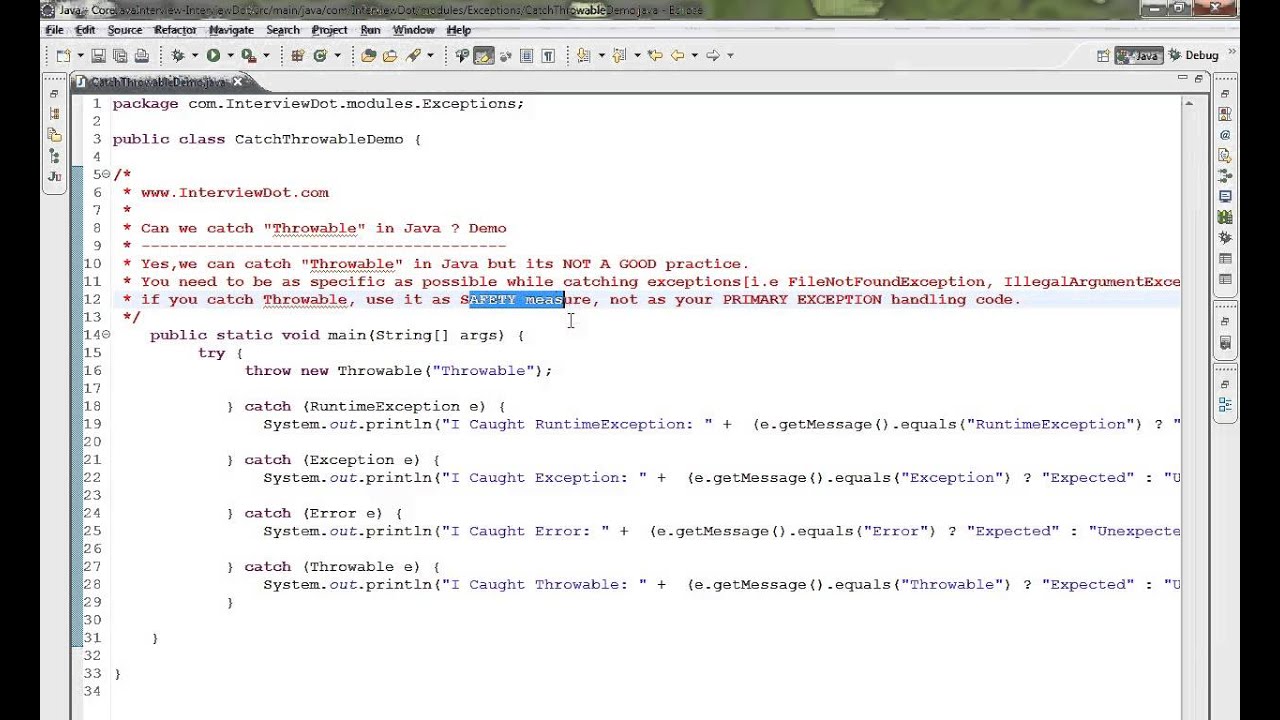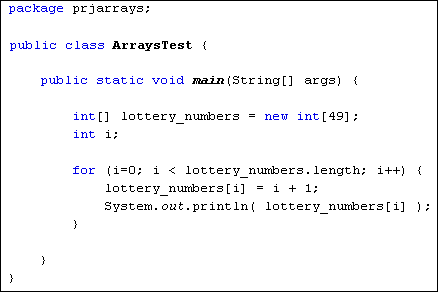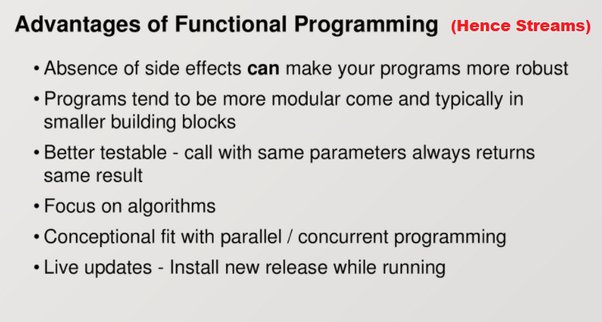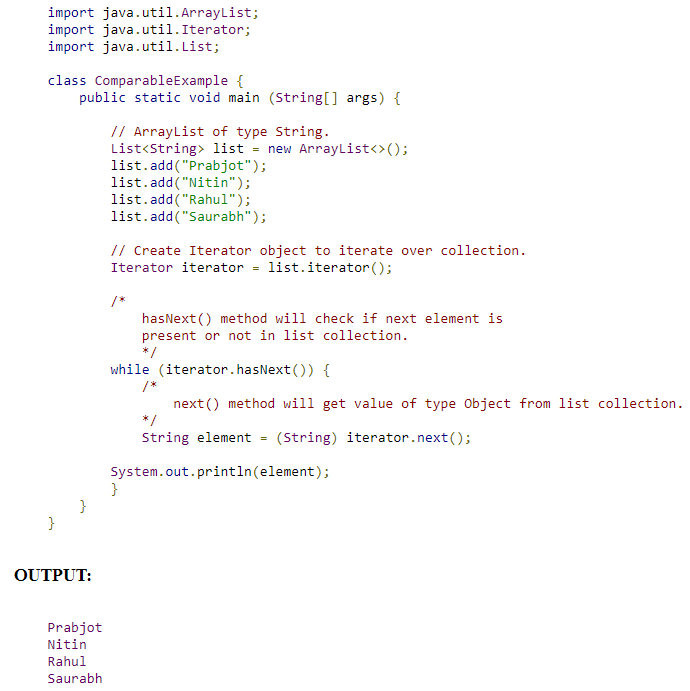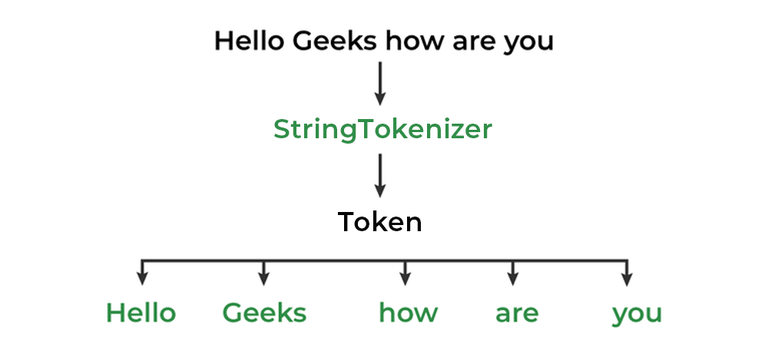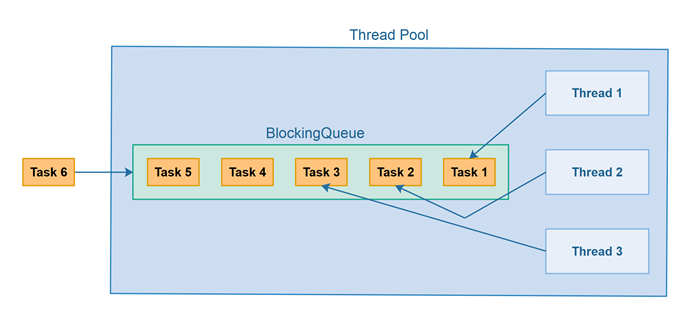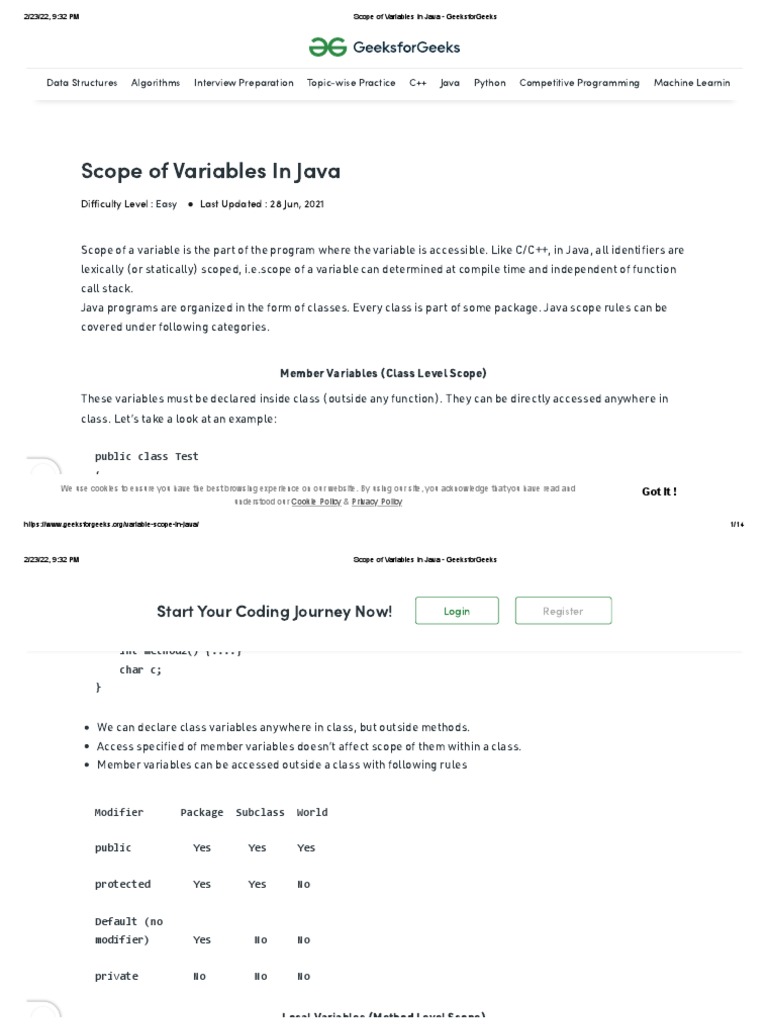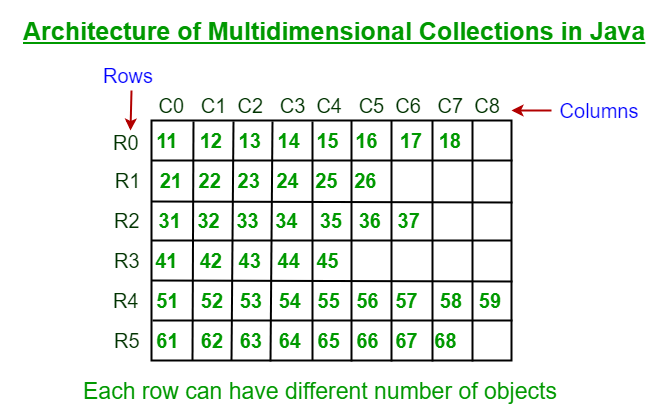Difference between List and Set in Java
Difference between List and Set in Java

Here is a detailed explanation of the differences between List and Set in Java:
In Java, the Collection Framework provides several interfaces that allow developers to work with collections of objects. Two fundamental interfaces are List and Set. Although both interfaces inherit from the Collection interface, they have distinct characteristics that set them apart.
List:
A List is an ordered collection of objects. It allows duplicates, meaning you can have multiple instances of the same object in a list. The order of elements is maintained, so it's possible to access elements by their index (using the get() method). Lists are implemented using arrays or linked lists, which makes them suitable for applications that require random access and efficient insertion/deletion of elements.
Some key features of List include:
Ordering: Elements are stored in a specific order. Duplicates allowed: You can have multiple copies of the same object in a list. Indexing: Elements can be accessed using their index (e.g., myList.get(0)). Insertion and deletion: Efficiently adding or removing elements at any position.Examples of List implementations in Java include:
ArrayList LinkedListSet:
A Set, on the other hand, is an unordered collection of unique objects. It does not allow duplicates, so each object can only appear once in a set. Sets are implemented using hash tables or trees, which makes them efficient for searching and testing membership.
Some key features of Set include:
Unordered: Elements are stored without regard to order. No duplicates: Each object can only appear once in a set. Fast lookup: Quickly determining if an element is present in the set. Efficient insertion: Adding elements to a set typically takes constant time.Examples of Set implementations in Java include:
HashSet LinkedHashSet TreeSetKey differences:
Ordering: Lists maintain the order of elements, while sets do not. Duplicates allowed: Lists can contain duplicates, whereas sets cannot. Indexing: Lists support indexing (e.g., accessing an element by its index), which is not a feature of sets.In summary, use a List when you need to maintain the order of elements and allow for duplicates. Use a Set when you want to store unique objects in no particular order, focusing on fast lookup and efficient insertion.
Hope this helps!
What is the difference between ArrayList and collection in Java?
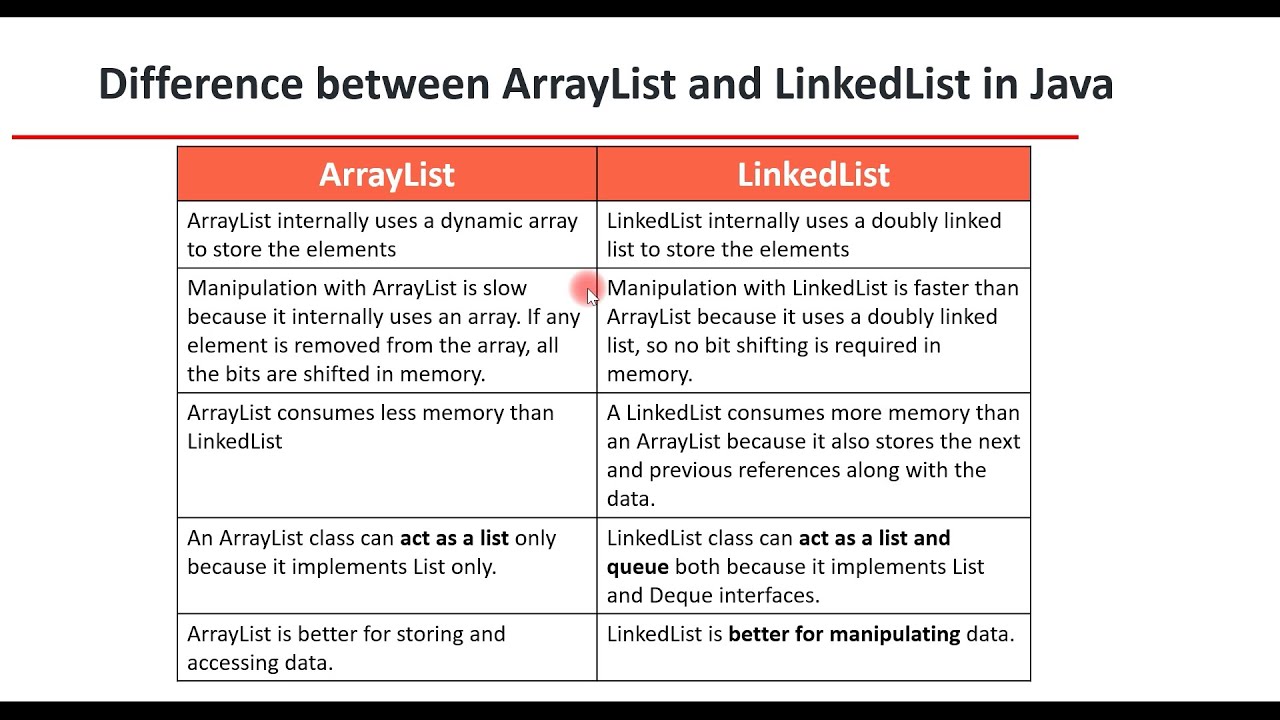
I'm happy to respond in English for you.
ArrayList and Collection are two fundamental concepts in Java that seem similar at first glance, but they serve different purposes and have distinct characteristics. Understanding the differences between them will help you write more effective and efficient code.
Collection (Interface)
The java.util.Collection interface is a fundamental part of Java's API. It defines a group of objects known as elements or components, which can be accessed by index or iterator. A collection is an unordered set of objects that allows you to add, remove, and retrieve elements.
Some key characteristics of Collections are:
Unordered: Elements in a Collection do not maintain any particular order. No duplicate keys: Each element in the Collection has a unique identifier (e.g.,String or Integer). Supports iterators: You can traverse the elements using an iterator. Allows add/remove operations: Collections support adding and removing elements.
Examples of classes that implement the Collection interface include ArrayList, LinkedList, HashSet, and TreeSet.
ArrayList (Class)
java.util.ArrayList is a specific implementation of the List interface, which extends the Collection interface. ArrayList is a resizable-array implementation of the List interface.
Here are some key characteristics of ArrayList:
myArrayList.get(0)). More efficient than LinkedList for random access: Since ArrayList uses a dynamic array to store its elements, accessing elements by index is faster than in a linked list.
In contrast to Collections, an ArrayList is:
Ordered: Unlike a Collection, which does not maintain any order. Allows duplicates: You can have duplicate elements in an ArrayList.When to use ArrayList versus Collection (or other types of Collections)?
ArrayList when you need: Order preservation Fast random access (by index) Ability to add or remove elements frequently Use a Collection (e.g., HashSet, TreeSet) when you want: Unordered sets with fast lookup and insertion/deletion operations Unique keys (no duplicates)
To summarize:
Collection is an interface that defines the basic methods for working with unordered sets of objects. ArrayList is a specific implementation of the List interface, which extends the Collection interface. It provides ordered, resizable arrays.
Now you know the difference between ArrayList and Collection. Go forth and write more effective Java code!

